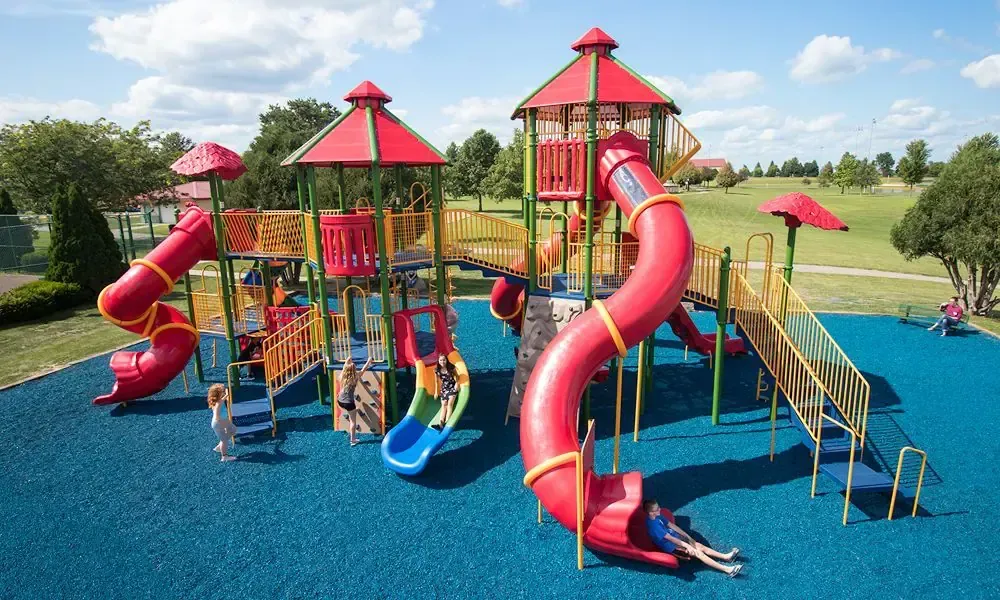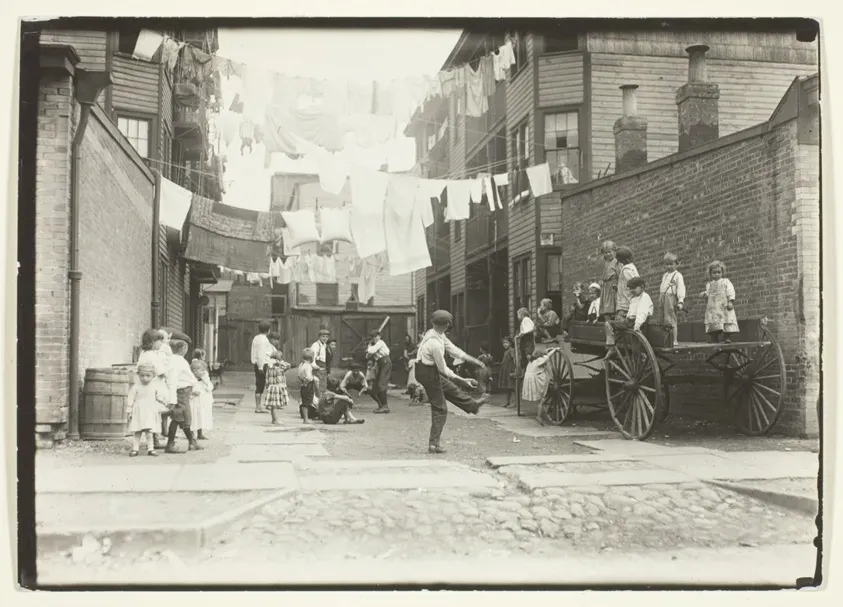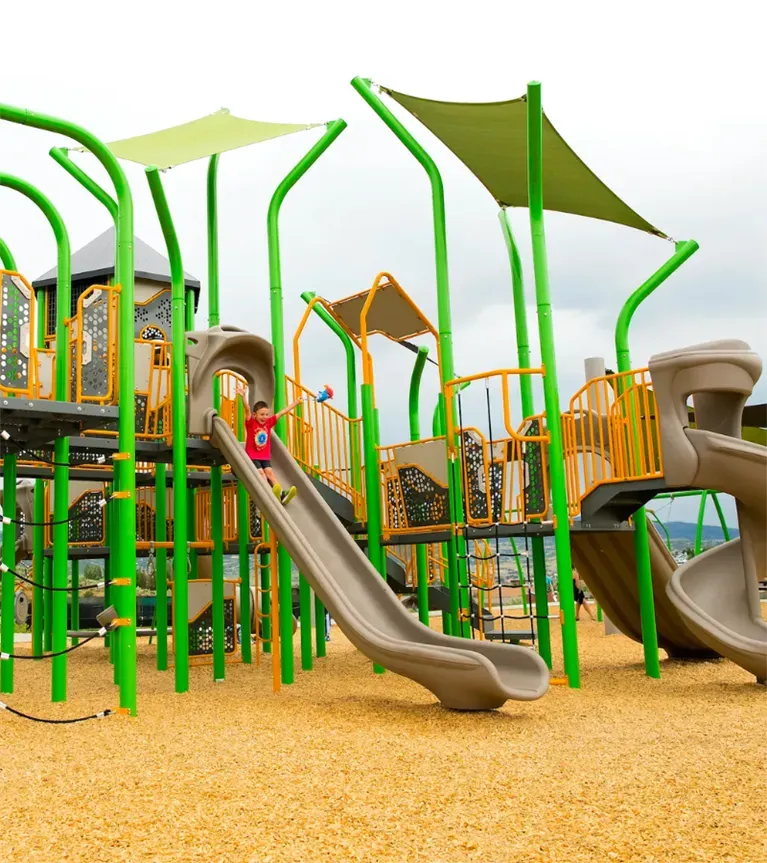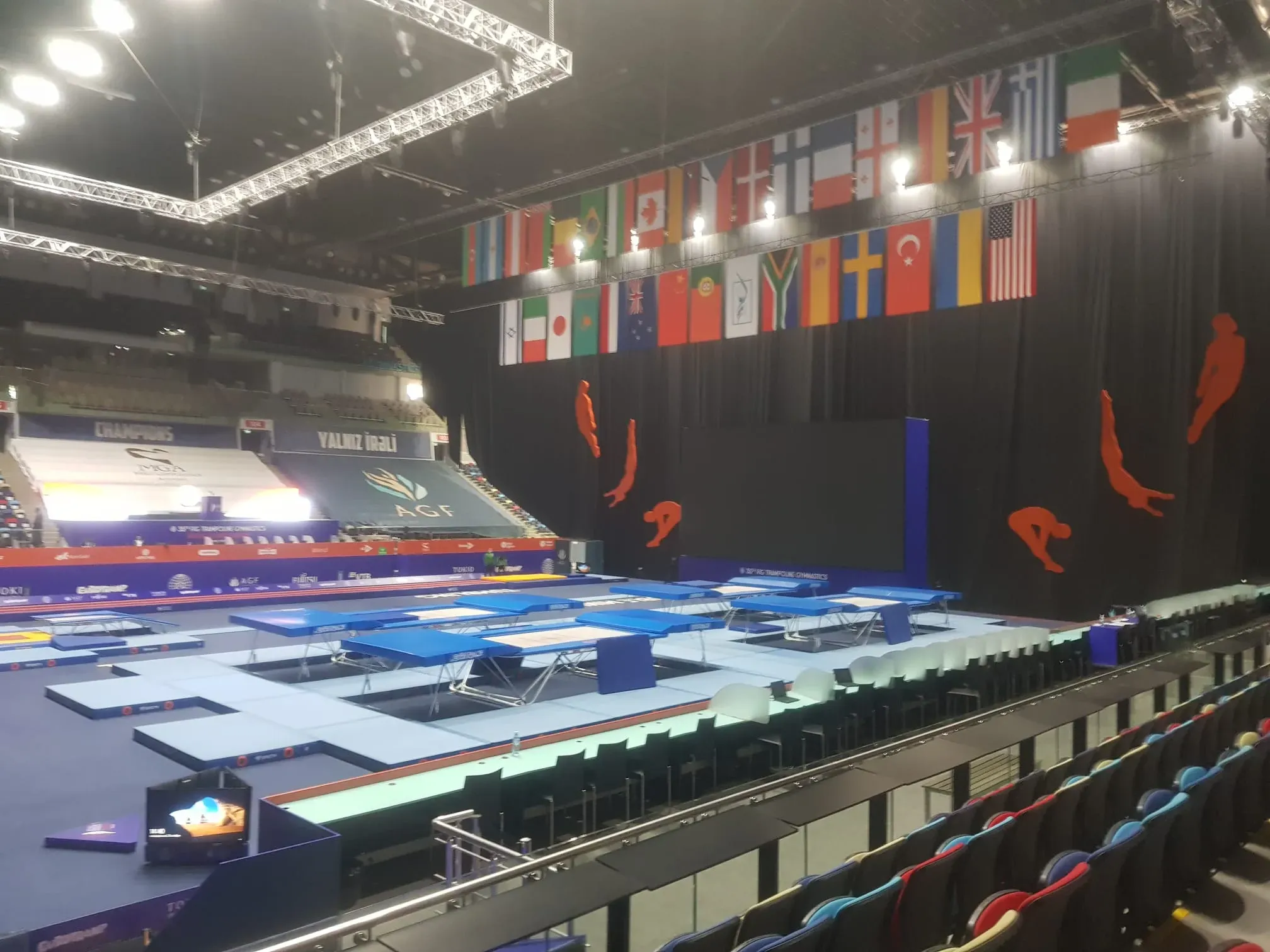Table of Contents
Remember the thrill of swinging so high your toes almost touched the sky? Or the rush of sliding down a twisty tube slide? For many, these memories are tied to time spent on outdoor recreation playground equipment. It’s more than just metal and plastic bolted together; it’s the stage for childhood adventures, physical development, and social connection. But picking the right outdoor recreation playground equipment for a park, school, or community space involves more than just picking pretty colors. You need to consider safety, durability, inclusion, and how it will actually get kids moving and interacting. It’s a significant investment, one that shapes the play experiences for years to come. This guide dives into the world of playgrounds, exploring why they matter and what goes into making smart choices.
Understanding Outdoor Recreation Playground Equipment

Understanding Outdoor Recreation Playground Equipment
What Exactly Are We Talking About?
so you're diving into this world of playgrounds. When we talk about outdoor recreation playground equipment, we're not just talking about a basic swing set and a slide anymore. Think bigger. It's the whole ecosystem designed for play, movement, and interaction outside. This includes everything from traditional structures with monkey bars and platforms to modern, abstract climbing sculptures, zip lines, and even outdoor fitness zones for adults. It's about creating spaces where people, especially kids, can run, jump, climb, spin, and engage their physical and creative energy away from screens. It’s the stuff that turns an empty patch of grass into a vibrant hub of activity.
Beyond the Basics: The Breadth of Play Structures
The range of outdoor recreation playground equipment available today is frankly a bit overwhelming at first glance. Manufacturers have gotten seriously creative. You've got equipment designed for specific age groups, from toddlers needing low-to-the-ground, safe structures to older kids wanting more challenging climbing and dynamic motion. There's a huge push now for inclusive play, meaning equipment designed so kids of different abilities can play side-by-side. Think ramps, sensory play elements, and accessible swings. It's a far cry from the metal death traps of the 70s, thankfully. The goal is multifaceted development – physical strength, balance, coordination, yes, but also social skills as kids navigate turns, share space, and invent games.
- Traditional Play Structures (Slides, Swings, Climbers)
- Inclusive Play Equipment (Accessible Swings, Sensory Panels, Ramps)
- Freestanding Components (Spinners, Seesaws, Spring Riders)
- Outdoor Fitness Equipment (Pull-up bars, Balance Beams, Exercise Stations)
- Natural Play Elements (Log steps, Boulder scrambles, Sand and Water play)
The Real Benefits of Outdoor Play for Communities

The Real Benefits of Outdoor Play for Communities
Beyond just giving kids a place to burn off energy, The Real Benefits of Outdoor Play for Communities run deep. These aren't just nice-to-haves; they're foundational elements for healthy neighborhoods. A well-designed playground becomes a natural gathering spot, pulling families out of their houses and into shared space. It's where parents chat on benches while kids invent elaborate games, fostering connections that might not happen otherwise. This interaction builds social capital, that invisible glue that makes a community feel connected and safe. From a public health standpoint, providing accessible outdoor recreation playground equipment directly combats sedentary lifestyles that contribute to rising rates of childhood obesity and other health issues. It offers a free, readily available way for kids (and often adults tagging along) to get essential physical activity. It's an investment in public health and social infrastructure, plain and simple.
Exploring Different Types of Outdoor Recreation Playground Equipment

Exploring Different Types of Outdoor Recreation Playground Equipment
Sorting Through the Options
Alright, so once you understand *why* playgrounds matter, the next step is figuring out *what* kind of outdoor recreation playground equipment actually fits the bill. This isn't just about picking a catalog item; it's about curating experiences. Think about the kids who will use it, their ages, abilities, and what kind of activities you want to encourage. Do you need equipment that promotes high-energy running and climbing, or are you looking for more imaginative and sensory play? The options are vast, from classic modular structures that let you mix and match components like slides, bridges, and climbing walls, to specialized pieces designed for specific skills or age groups. Manufacturers are constantly innovating, introducing things like net climbers, challenging obstacle courses, and even musical play elements.
- Modular Play Systems: Highly customizable, combine various elements.
- Freestanding Components: Swings, slides, spinners, and spring riders as individual pieces.
- Natural Play Equipment: Incorporates logs, rocks, and earth mounds for a more organic feel.
- Inclusive Play Equipment: Designed with accessibility for children of all abilities.
- Theme-Based Structures: Playgrounds built around specific concepts like ships, castles, or nature.
How to Choose the Right Outdoor Recreation Playground Equipment for Your Needs

How to Choose the Right Outdoor Recreation Playground Equipment for Your Needs
Making the Smart Choice
So, you've seen all the cool gear available and understand why playgrounds matter. Now comes the practical part: figuring out how to choose the right outdoor recreation playground equipment for your specific situation. This isn't a one-size-fits-all deal. You have to look at the space you have, the budget you're working with (because let's be real, this stuff isn't cheap), and most importantly, who is actually going to be using it. Are you designing for a tiny tot lot, a busy community park with kids of all ages, or maybe a school needing equipment that handles heavy daily use? Thinking about the age range, the expected number of users, and any specific needs like accessibility is step one. Ignore this, and you end up with a fancy structure nobody can actually use effectively. It's like buying a sports car when you need a pickup truck.
- Assess your available space and site conditions.
- Determine the target age range and expected number of users.
- Establish a realistic budget, including installation and surfacing.
- Consider the level of accessibility and inclusivity required.
- Think about desired play patterns (active climbing, imaginative, sensory).
Ensuring Safety and Durability in Your Outdoor Recreation Playground Equipment

Ensuring Safety and Durability in Your Outdoor Recreation Playground Equipment
Why Safety Isn't Optional (It's the Baseline)
Look, nobody wants a playground that looks great but is a lawsuit waiting to happen. Ensuring Safety and Durability in Your Outdoor Recreation Playground Equipment isn't a fancy add-on; it's the absolute foundation. We're talking about preventing broken bones, concussions, and worse. This means paying serious attention to safety standards like ASTM (American Society for Testing and Materials) and CPSC (Consumer Product Safety Commission) guidelines. Any reputable manufacturer lives and breathes these. This covers everything from safe fall heights and the critical importance of proper protective surfacing (wood chips, rubber mulch, poured-in-place surfacing – definitely not concrete or packed dirt) to making sure there are no head entrapment hazards, pinch points, or sharp edges lurking. Think about the old metal slides that could burn you in the summer or swings with exposed chain links – we've thankfully moved past those engineering marvels of danger.
Built to Last: Materials and Maintenance Matter
Once you've got safety locked down, you need gear that can take a beating from kids, weather, and time. Durability is key for outdoor recreation playground equipment because replacing components or entire structures prematurely is expensive and disruptive. High-quality steel components, often powder-coated to prevent rust, and heavy-duty, UV-resistant plastics are standard for commercial-grade equipment. You're paying for materials that won't crack, fade, or corrode after just a few seasons. But even the toughest equipment needs love. Regular inspections are non-negotiable. Are bolts tight? Is there wear and tear on moving parts? Is the surfacing still adequate? Ignoring these simple checks is like buying a great car and never changing the oil – it won't end well.
What should you look for during a quick visual check?
- Loose bolts, nuts, or fasteners.
- Cracks, splinters, or signs of rot in wooden components.
- Rust or corrosion on metal parts.
- Excessive wear on swings, chains, or moving joints.
- Adequacy and condition of the protective surfacing.
Making Playgrounds That Matter
Choosing outdoor recreation playground equipment is clearly a significant undertaking. It impacts physical health, social skills, and provides a necessary outlet for energy and imagination. We've looked at the different types available and the crucial factors to weigh, from ensuring robust safety standards to selecting equipment that truly serves the needs of the community it's intended for. Investing in well-designed, durable, and inclusive outdoor recreation playground equipment isn't just buying structures; it's building spaces where kids can grow, learn, and make those unforgettable memories, ensuring these vital community assets stand the test of time and play.